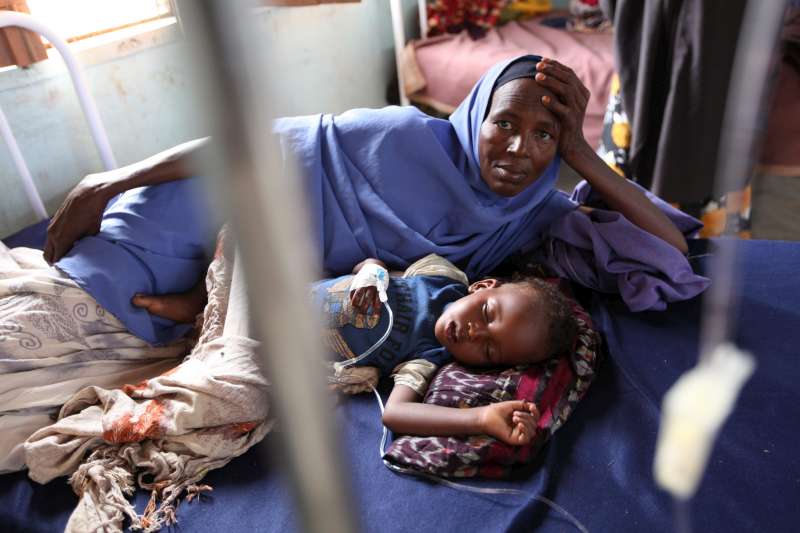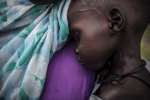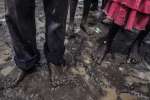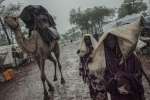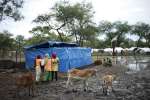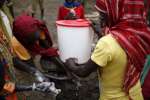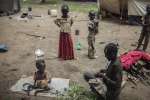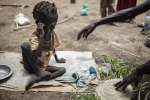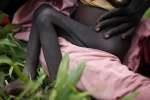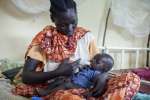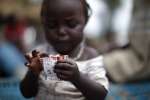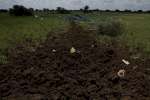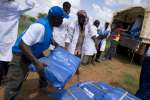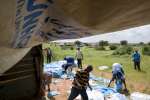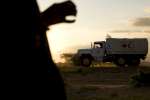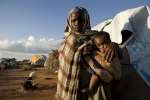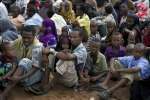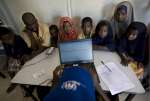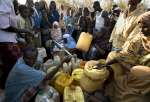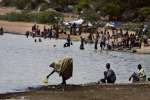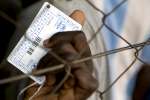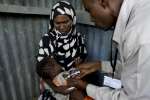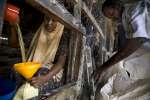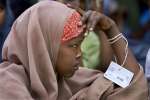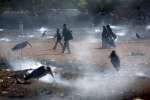- Text size
 |
|  |
|  |
| 
- Français
UNHCR responds strongly to jaundice, hepatitis outbreaks in Dadaab
Making a Difference, 28 September 2012
NAIROBI, Kenya, September 28 (UNHCR) – The UN refugee agency is taking strong measures to respond to an outbreak of acute jaundice in the world's largest refugee settlement, Dadaab in north-east Kenya.
The programme in the Dadaab complex – home to more than 470,000 Somali refugees – is focusing on improving sanitation facilities and promotion of good hygiene practices.
"As of last week, 223 cases of acute jaundice were reported across all five camps in Dadaab. Four fatalities have been confirmed, all of them women who had just given birth," UNHCR spokesman Andrej Mahecic said on Friday, adding that the jaundice was largely caused by the hepatitis E virus.
The first case of jaundice was detected in Dadaab's Ifo 2 refugee camp six weeks ago. Most of the hepatitis E cases have been registered in camps with inadequate numbers of latrines or among new arrivals with poor hygiene habits. There is currently no vaccine for hepatitis E.
"The incubation period for jaundice is one month and we fear that the number of cases may continue to grow," Mahecic said. In addition to raising the health, water and sanitation standards and awareness about the importance of hand-washing, use of latrines, and food and water hygiene, refugee health workers are also being trained in surveillance and to look for new cases.
Meanwhile, it has been reported that some 80 cases of cholera in North Eastern Province, mainly in a settlement close to the border with Somalia. It is reported that 12 deaths have occurred on the Somalia side. There are no deaths in Dadaab, where 18 cases have been identified among refugees who had contacts with affected communities near the border.
UNHCR has established a response team involving health, water and sanitation partners and daily coordination is maintained at the camp level. A cholera isolation ward has been opened in Hagadera camp and additional staff have been trained to handle cases. At present, there are resources to manage 100 cholera patients. Cholera treatment centres have been set up at the camp hospitals.
"We are concerned that water-borne diseases could spread with the arrival of the rainy season in October and November," Mahecic said, while noting that forecasts for the region were for heavier than average rainfall. This could adversely affect the sanitation situation in Dadaab as parts of the camp complex are prone to flooding.
However, bad hygiene is the major cause of infection for both cholera and hepatitis E and UNHCR's public health efforts in Dadaab camps are addressing this issue. In addition, construction of a further 6,000 latrines has started this week.
Despite a difficult security situation and restrictions on movements of staff in Dadaab, all essential services and provision of aid to refugees continue uninterrupted.
